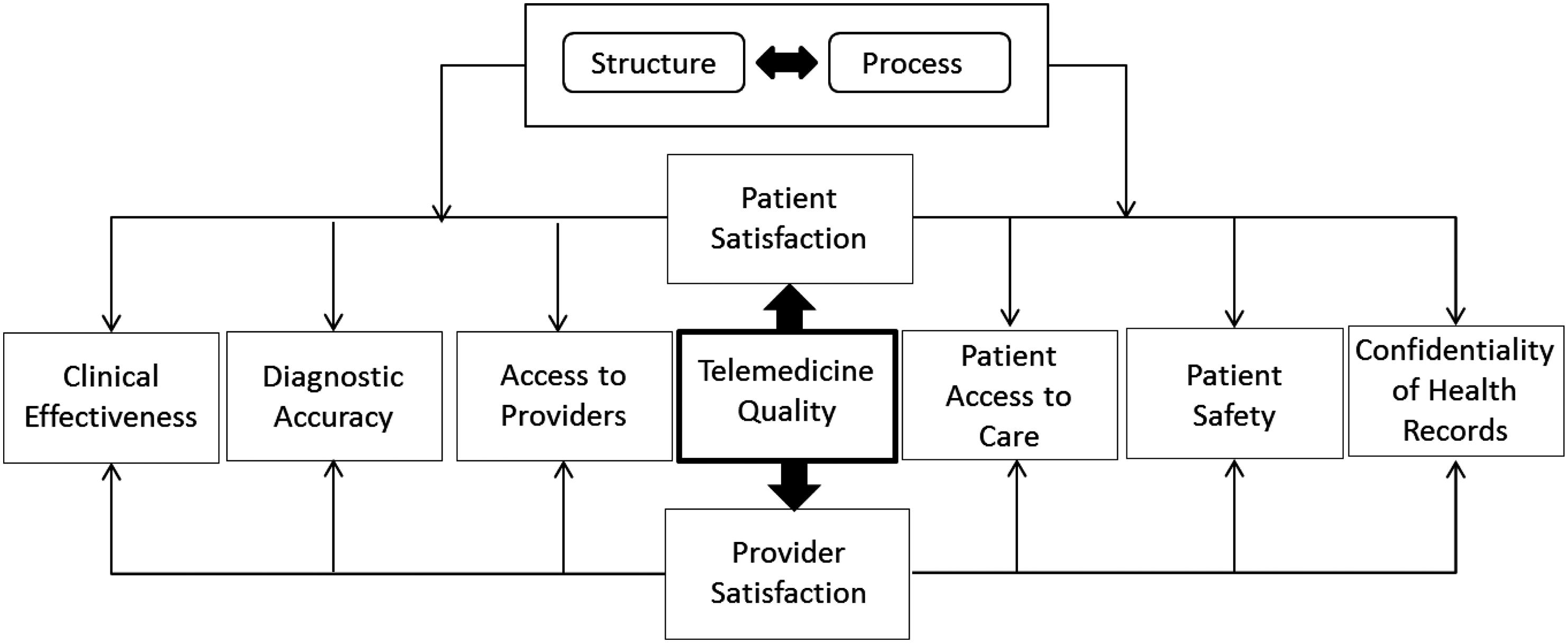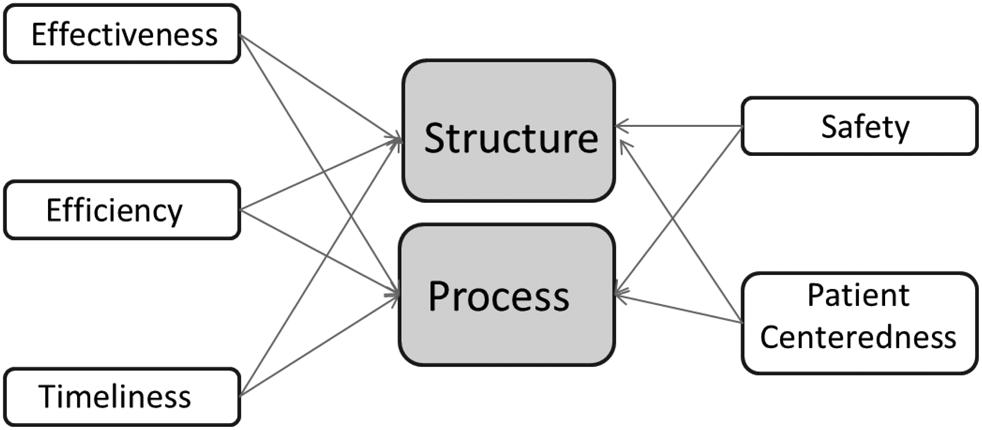
3 minute read
Preventive Care
disease. Questions about value, patient experience, population health, and overall improvement in care cannot be addressed adequately unless we can bring together diverse data sets. The Stanford Medicine 2017 Health Trends Report identified five areas in which “Data is permeating every component of the healthcare ecosystem,” as follows:
◾ Medical research: Access to new, diverse data and open datasets are fueling drug discovery and making clinical trials and research more efficient. ◾ Daily life: Wearable devices, online diagnostic tools, and genetic sequencing services hold the promise of better informed and engaged patients. ◾ The patient experience: Health systems are investing heavily in technology, including machine learning, which is proving as effective or more effective than human diagnosticians. ◾ Ongoing care: Telemedicine and health apps make it possible for physicians to see patients virtually, outside of traditional facilities for increased access and tailored care. ◾ Prediction and prevention: Health data is allowing doctors to build better patient profiles and predictive models to anticipate more effectively, diagnose, and treat disease.
Advertisement
Any serious consideration of value must include preventive care. Preventable diseases in adults present a significant economic burden. In the United States alone, the cost burden for four vaccine-preventable diseases among adults over the age of 65 is $15.3 billion per year; the cost burden soars to $26.3 billion when including adults ages 50 to 65. Although vaccinations are integral to promoting patient wellness, hospitals face several obstacles when implementing adult immunization initiatives. Challenges include shifting away from the historic fee-for-service (FFS) model, changing physician attitudes toward recommending vaccines, and overcoming a lack of education about the importance of preventive medicine in adults (Paavola, 2017). One way to bolster support for immunization initiatives is to educate providers on the importance of adult immunizations.
Another area in which we are seeing a shift toward encouraging preventive care is through an increased focus on nutrition, exercise, and wellness,
as well as a pivot toward value-based payment models. This shift opens the door for the participation of nutritionists and dieticians in a myriad of multidisciplinary programs involving primary care practices regarding the federal government. Registered dietitian nutritionists (RDNs) now have the opportunity to demonstrate their value as specialists in prevention and wellness, as research continues to reveal links between diet and chronic illness (Edwards et al., 2014; Jortberg and Fleming, 2014). The patient-centered approach to preventing disease through nutrition is squarely within the domain of RDNs. The RDN’s role in a primary care setting affords him/her the opportunity to demystify many of the unsubstantiated claims about fad diets and unregulated supplements. Although Americans have traditionally been more willing to spend money on nutritional supplements and medications than consultations with an RDN, the decision-making process changes significantly when RDNs are embedded in patients’ primary care office and their services come as part of the care delivery process.
With the push to reduce and penalize readmissions and reward improved outcomes, the RDN is receiving new attention from primary care practices. RDNs with a background in diabetes education are especially well-suited for roles in a whole-person model addressing chronic illness. In terms of reimbursement, these models emphasize wellness and prevention, and encourage providers to treat whole-patient issues, as opposed to the traditional FFS model that attached bills to each individual point (Boyce, 2015). The RDNs speak to the concept of the whole patient and payment for value. The concept of patient-centeredness was defined as such by authors of the Institute of Medicine’s 2001 report Crossing the Quality Chasm: A New Health System for the 21st Century, as “providing care that is respectful and responsive to individual patient preferences, needs, and values, and ensuring that patient values guide all clinical decisions” (Burton et al., 2015).
Patients generally consider their physician to be a highly credible source of health and dietary information (Hiddink et al., 1997). However, the debate over whether physicians have the time or the skills to provide nutrition counseling has been a long one. In a 1994 Connecticut Behavioral Risk Factor Surveillance System survey, only 29 percent of all overweight adults and fewer than half with additional cardiovascular risk factors reported receiving counseling from physicians about weight loss (Nawaz et al., 1999). A survey of 1,030 physicians reported that they felt a lack of time for nutrition counseling. This survey suggests that multiple barriers exist that prevent the primary care practitioner from providing dietary counseling. A multifaceted approach will be needed to change physician counseling behavior.





